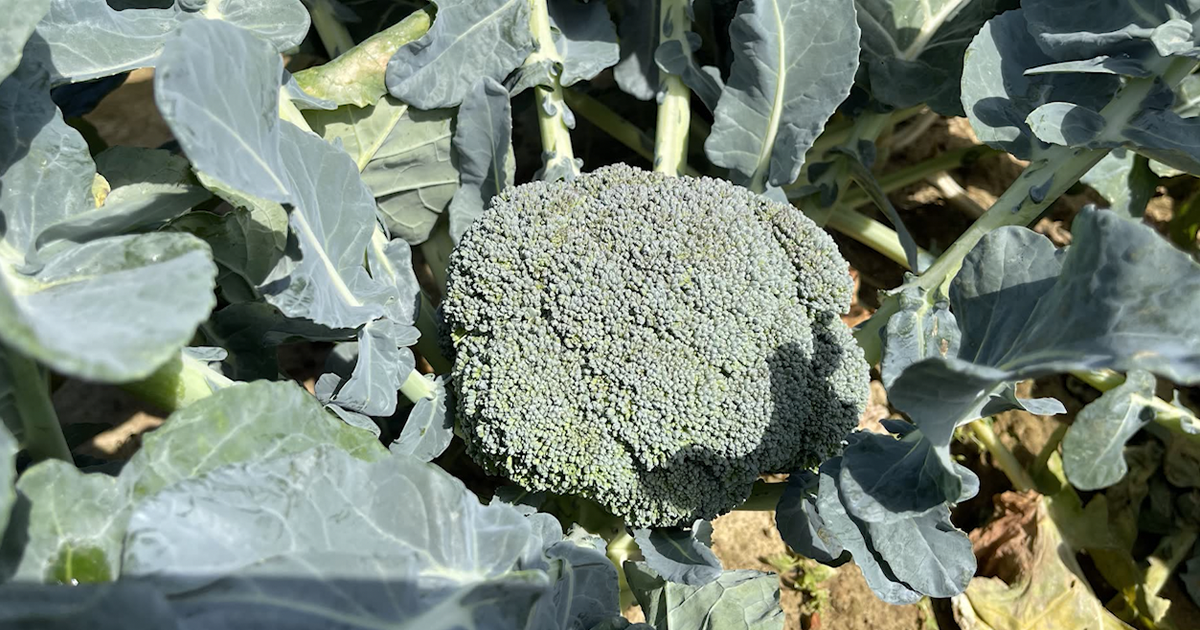Moultrie, GA
Down in southwest Georgia, it’s time for some fresh broccoli, and operations like this one, Hartco farms are hard at work in the fields, harvesting this year’s crop. It’s been a season full of hard work, but it’s certainly paid off as they’ve grown a good, quality crop they are certainly proud of.
“I’d say at this point our yields are above average,” says Clay Sellers, Owner of Hartco Farms. “We’ve really had a good growing season on this broccoli, but I would say at this point right now, we’ve had as good of a growing season as we could have had.”
Even though Sellers says they had a great growing season, that doesn’t mean it was an easy one, as sellers says broccoli is a tough crop to grow – one that requires a lot of attention, especially when having to deal with the unpredictability of mother nature.
“Broccoli is a very temperamental plant in South Georgia, as our seasons vary. A lot of heat and humidity in South Georgia. The growing season in the spring can vary from sixty to ninety days. The biggest thing with broccoli is the harvest interval, whenever that thing gets ready, you’ve got to cut it. So, some of that broccoli we’ll end up cutting four times; we have cut it five in instances,” says Sellers.
Sellers says one big factor when growing produce like broccoli is water and the availability to it, as Sellers says there are times when, if they didn’t have irrigation, they wouldn’t be able to grow a crop.
“Our seasons, the way they are in South Georgia, you could be watering that broccoli four times a week or you could be watering it one, it all depends on climate. We’ve tried soil moisture sensors in the past, but those things are not as accurate as they would need to be in this instance, just because a lot of times, we’re watering that broccoli for maintenance to keep that plant from stressing. Our soil moisture conditions could be high at that point, but that plant could be wilted because it’s under heat and a lot of stress, so we’ll use that water to ease the stress on the plant and to make it continue to produce a viable product,” says Sellers.
According to Sellers, the biggest factor they’ve faced the last couple of years, however, is not weather related at all; it’s the costs of much needed inputs that continue to rise when commodity prices remain stagnant.
“Inputs absolutely are probably one of the biggest challenges we face. Fertilizer being number one in the last two years. I use a lot of rainbow homogenized fertilizer, and that stuff is up three hundred bucks a ton what it was two years ago. Nitrogen, same deal, I mean, right across the board. Inputs in general are up. The problem we as producers face is the product we’re selling has not increased at the same pace as the product we’re buying,” says Sellers.
By: John Holcomb

